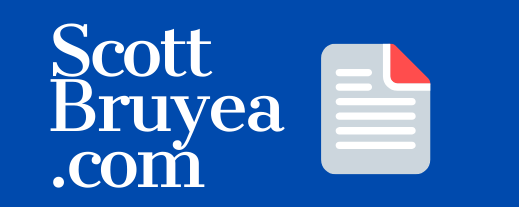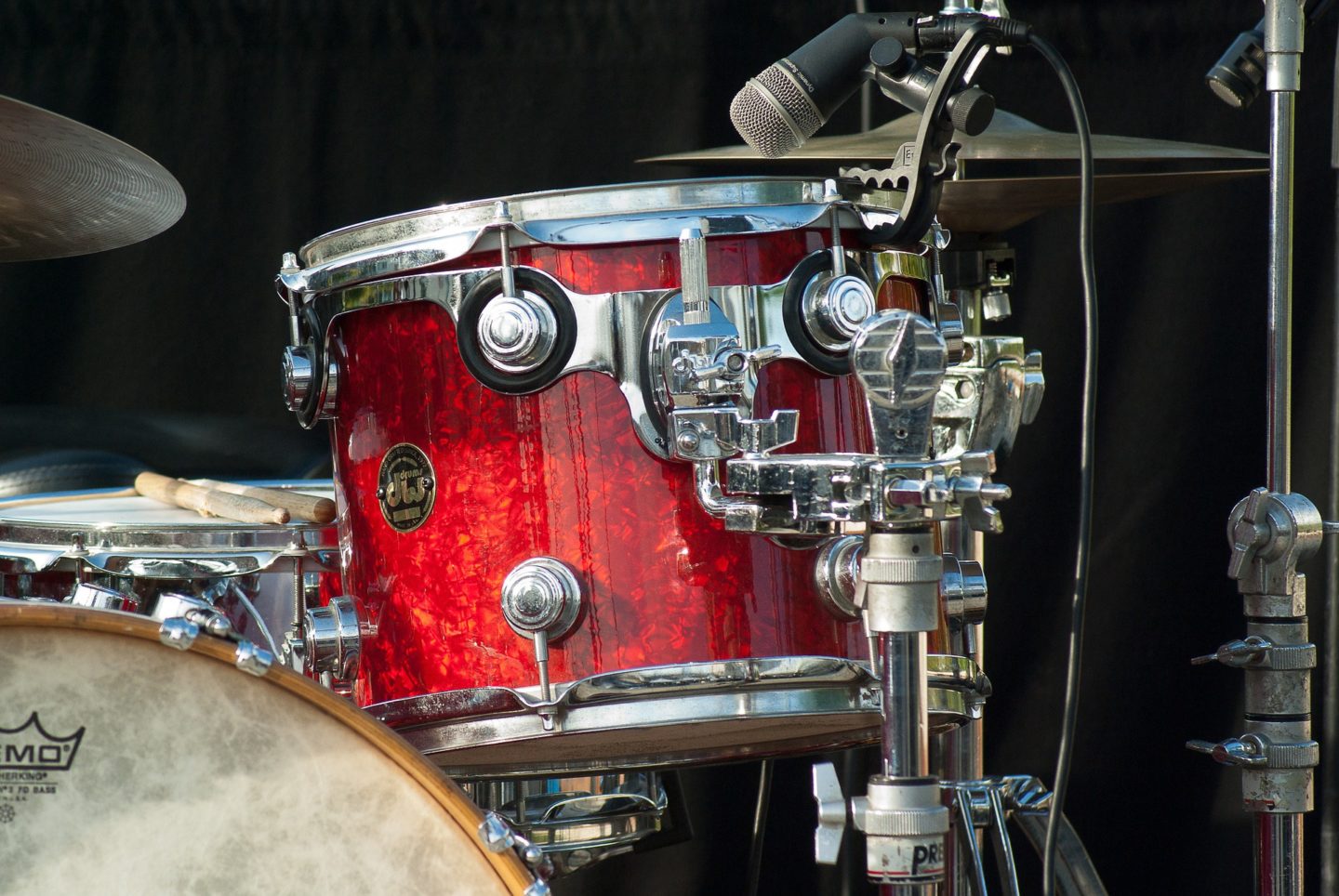I still remember noticing the ad in the Classified section of the Toronto Star newspaper. Excitement crackled inside me as I read it. I got the jitters.
The ad read, “Columbia recording artists Morgan require bass player and drummer for immediate work.” or something like that. I wanted this assignment.
I immediately called the number and set up my audition.
When I arrived at the rehearsal space for my appointed showcase there were at least twenty drummers lined up against two walls. Some carried elaborate stick bags while others toted their snare cases and music stands and waited to demonstrate their musical prowess.
I turned up with one pair of sticks tucked up my sleeve and a heavy dose of attitude. The idea in my head was simple. Step down, gentlemen. It’s pointless to stick around. This is my gig.
Two weeks went by and a telephone call finally came in with the offer to drum for Morgan. I hung up the receiver and danced some sort of tribal jig in my kitchen. In my head, this was the start of my journey towards becoming one of the great studio session drummers.
Bob Gallo and the famous Columbia Records Session Drummer
During my tenure with Morgan, I heard plenty of stories. Bandleader Lindsay Morgan often spoke about his brief recording experiences with famed producer Bob Gallo, who had produced many musical legends such as James Brown, Bo Diddley, Ben E. King, Aretha Franklin and The Rascals.
The tale that mesmerized me most revolved around a session drummer that Gallo had flown into Toronto’s Manta Sound studios to perform some drum magic. The vaunted producer wasn’t happy with what a previous drummer had laid down on a single called Mystical Magical Lover and he wanted it fixed by a pro.
As the story was told to me, this contract session drummer for Columbia Records was flown in from the United States and handed a pair of headphones. The tape began to roll.
Effortlessly, a pounding groove and some simple tom embellishments were added that reflected his signature sound. This guy knew what was needed. An aggressive pulse and feel had to be added in order for the song to soar.
A couple of takes and the drummer from the U.S. was gone.
This story seemed unlikely, however now I know it would have to be true. This session champion was in the middle of his prime when he got the call to Toronto and Gallo, along with everyone else on hand, witnessed why Ralph Gallant was one of the greatest.
Ralph didn’t start out as the greatest. Champions rarely start from the top
For Ralph, his first drumming gig was an accident. While he was mopping up tables and moving beer kegs in the restaurant where he worked, he noticed that the band booked to perform that night had a problem. Their drummer wasn’t going to show up. Ralph volunteered to fill the drum chair, despite never having played the drums in his life. Drumming was better than washing beer mugs, as far as Ralph was concerned and from there, his career began.
Time passed and after a few twists and turns, the band that Ralph was part of was signed to the Motown Records roster and they landed in Detroit. Most of Ralph’s early time at Motown Studios was spent watching the legendary Benny Benjamin help crank out hits as the one and only drummer on all Motown recordings.
One day Motown owner Berry Gordy flew into the Motown offices, grabbed Ralph and told him to get to the studio and start playing the drums. Benny was having a heart attack and could not play. Berry Gordy wasn’t going to waste the studio time at the Motown sweatshop and with Ralph already on the payroll, he was next up to fill the Motown drum chair.
Benny Benjamin eventually passed away from ill health and Ralph became the regular Motown drummer.
Drumming for Hitsville, U.S.A.
Despite what a certain Bernard Purdie has claimed, Ralph Gallant was the drummer on so many of the great Motown hits such as Come See About Me, Baby Love or I Can’t help Myself (Sugar Pie Honey Bunch). He has recorded with Stevie Wonder and countless other Motown artists. Listen to Shotgun by Jr. Walker and The All-Stars. That’s Ralph on the drums.
Ralph Gallant eventually moved to Nashville to work in television with Tennessee Ernie Ford and soon become what Chet Atkins called, “The Greatest.” He wasn’t the best drummer in a Buddy Rich sort of way, but Chet Atkins knew what made Ralph special. Chet Atkins had seen a few players in over 50 years in the music business and had been responsible for launching countless careers. He recognized greatness.
Playing on more hit records than any other drummer except Blaine
Ralph Gallant went on to play drums on more hit records than any other drummer except for perhaps the amazing Hal Blaine and has recorded with a who’s who of artists that space will not allow being listed here.
Merle Haggard, Waylon Jennings, Charlie Pride, Hank Snow, Porter Wagnor, Tennessee Ernie Ford, Vince Gill, Ricky Skaggs, Hank Williams, Jr. are just a few of the artists who all worked with this great drummer. The list of legends goes on endlessly.
Ralph Gallant also spent nine years recording and touring with Elvis Presley as Ronnie Tutt’s replacement and you can also hear Gallant’s unique drumming style on Steven Perry’s solo album “Street Talk” in addition to Journey’s “Raised On Radio.”
This versatile drummer is probably the most unrecognized player to play with some of the world’s biggest stars over a career that spanned forty years and scores of hit records.
When speaking of this legendary but largely unrecognized drummer, musicians instantly convey how gentle, kind, humble and thoughtful he was.
I write in the past tense about Gallant because the music business lost him in August of 1992 after he collapsed unexpectedly following a performance.
Evans Drumheads has been quoted as saying that this drummer wore a lot of different hats during his drumming career, but fit them all.
With today’s technology, we can all investigate what this drummer accomplished and discover what a spectacular career he had. You will, however, need to search for him using his stage name.
He was the one and only Larrie Londin.

